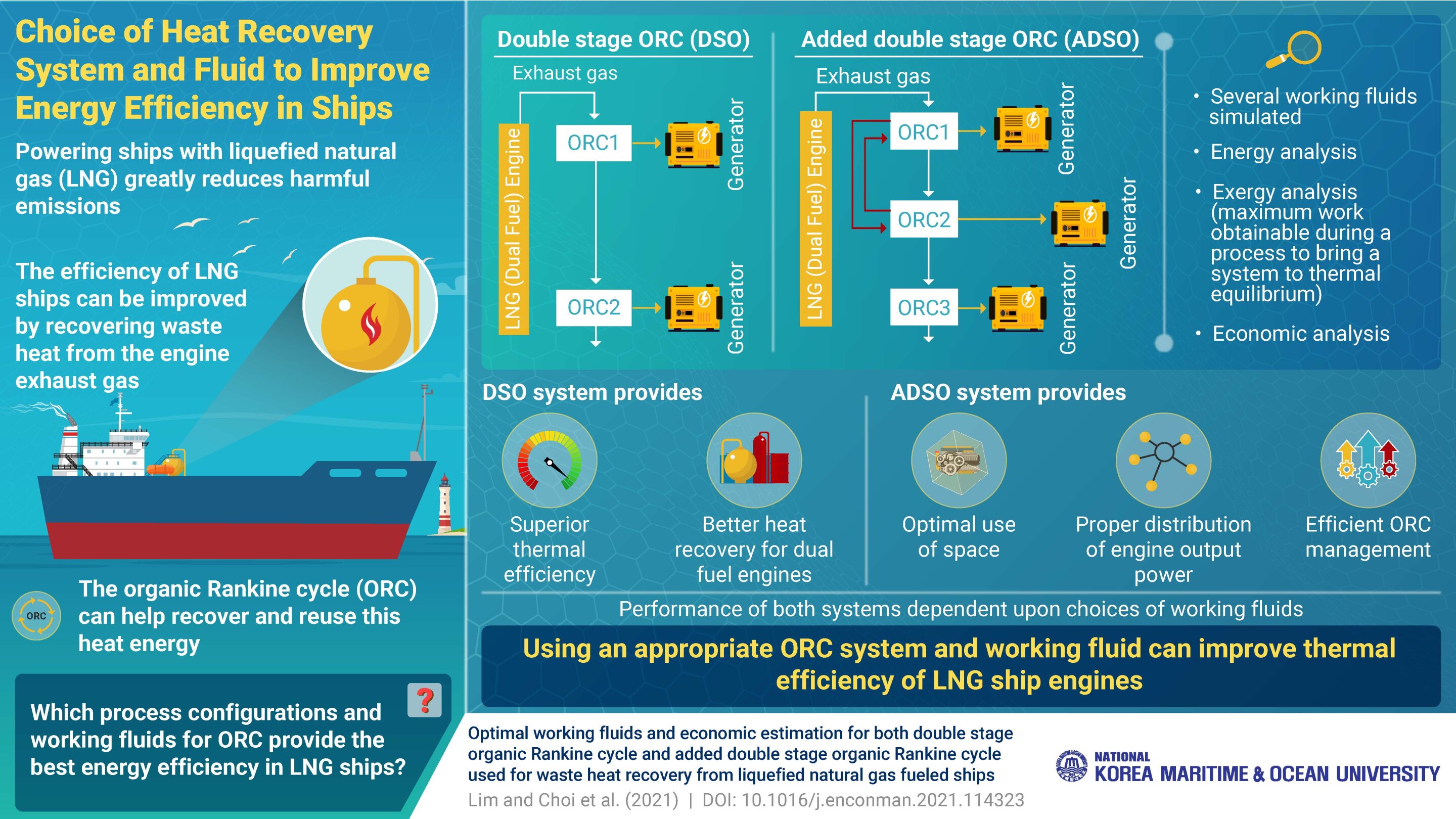
Blockchain technology and cryptocurrencies will be even more successful in 2021, with a total market capitalization of crypto assets crossing the US$2 trillion mark. This year, traditional companies like Microstrategy, PayPal, and Tesla are also making big strides into crypto. This pushed the value of the cryptocurrency to an all-time high, as the number of its users soared.
Towards the end of 2021, the crypto industry leaders shared their analysis of some of the key milestones of the year and the key themes and trends to watch out for in the coming year. Here’s the explanation, reported on Forkast:
DeFi is mainstream and regulators are playing an active role
Crypto adoption surged in 2021 with the number of crypto users doubling in the first half of the year. Many institutional investors also add cryptocurrencies like Bitcoin and Ethereum to their balance sheets. The launch of the highly anticipated Bitcoin Futures ETF in the United States is seen as a pivotal moment for the industry. This is because this Bitcoin Futures ETF provides legitimacy and assurance that this asset class will continue to exist.
Decentralized finance (DeFi), which launched in 2020, continues its skyrocketing trajectory this year. DeFi, where users can perform financial transactions directly with each other using smart contracts without the need for intermediaries, has the potential to bring economic and social benefits to the unbanked world by enabling them to have savings accounts and obtain loans that would otherwise be unavailable. can reach them.
The DeFi industry is still in its infancy, but a wide range of financial services from asset management, yield farming or lending, decentralized exchanges, derivatives, and stablecoins on blockchain has expanded by 2021. Its value has increased from US$22 billion at the start of the year to over US$250 billion locked across DeFi protocols, according to DeFi Llama data.
As DeFi has grown in popularity, fraud and theft across the DeFi platform have also soared, up 600% from US$1.5 billion in 2020 to more than US$10.5 billion this year, according to Elliptic, a blockchain data analytics firm.
However, regulators are still grappling with how to handle DeFi, especially since there may not be a clearly identifiable intermediary to regulate within a truly decentralized protocol that operates on smart contracts. The existence of a regulator that plays an active role in accommodating new technologies is considered to be a positive force in building the crypto market as a global safe center of DeFi activity. Surely this will help reduce the level of financial crime.
Danny Chong, co-founder and CEO of Tranchess, a yield-enhancing asset tracker, expects more definitive standards to be observed across borders as financial institutions increasingly venture into crypto assets. He thinks this will make DeFi more mainstream-friendly and make it easier for DeFi to grow.
“In turn, we will see an increase in TradFi institutions adopting crypto, along with new protocols, chains, layer-2 scaling solutions, and technology upgrades,” said Chong.
Chong expects the convergence of traditional finance with crypto to accelerate through investments and mergers and acquisitions, and crypto companies reaching mainstream audiences through sponsorship deals.
Metaverse is built, the use of NFT is growing
2021 has been the year for non-exchangeable tokens (NFT). The $69 million price tag is the tantalizing amount that an NFT artwork by digital artist Beeple titled “Everydays: The First 5000 Days” sold at Christie’s auction in March. NFT sales this year through the first week of December, totaled more than US$11.8 billion, a 17,700% increase over 2020, according to Nonfungible.com.
Opensea, the world’s largest NFT market, surpassed the US$10 billion mark in cumulative trading volume in November. Payment giant Visa to China’s McDonald’s is among the many brands and companies that have jumped into NFT.
Helen Hai, head of Binance NFT, sees NFT as an asset class and tool to engage fans and collectors and adoption will get a big boost next year, and the trend of NFT avatars (PFP profile pictures collection) will continue.
Apart from art and collectibles, play-to-earn blockchain games like Axie Infinity and Alien Worlds are gaining popularity these days. Playing Axie Infinity and breeding cute Axies turned from fun entertainment during the pandemic to a source of income for gamers, especially in the Philippines.
NFT, DeFi, and play-to-earn gaming also come together. Binance in October launched a new Initial Game Offering (IGO) arm for customers to invest in NFT gaming projects. With the advent of “GameFi,” Hai predicts that traditional free-to-play developers will enter blockchain gaming.
“This game genre will not be driven by crypto native developers anymore, but we will see big developers/publishers enter the space by the end of next year,” said Hai.
Hai predicts that traditional markets such as music, tickets, entertainment will be disrupted by NFT in the coming year, including the possibility of revenue participation through smart contracts involving all value chain constituents such as composers, artists, musicians, producers and collectors.
Although for now NFT is mostly static images, Hai predicts to see dynamic NFT integrated with real world events such as weather data or stock data. This will certainly have an impact on the development of NFT.
Rachel Mayers, VP of product at Circle, agrees that use cases for NFT will continue to explode. “Brands and content creators are only reinforcing the behavior of the loyalty community in terms of rewarding NFT, distributing content, making purchases, all of which will be the next NFT next year,” explains Mayers.
Zach Burks, CEO and founder of NFT marketplace Mintable, predicts that layer-2 solutions like Immutable X, the NFT scaling platform on Ethereum, will open up a lot of activity for NFT. NFT is predicted to enter our daily life from various brands that we usually use.
“Big brands will explore with NFT in a number of ways and forms,” said Burks.
According to him, many new people who come and buy ETH will cause ETH to become deflationary, and have an impact on a bullish market. Then more people joined then left which resulted in the crypto going into a bear market.
Metaverse is also a major theme heading into 2022. Facebook’s corporate rebranding to “Meta” and plans to make it big on the metaverse as the virtual social platform brings the word into the mainstream. It also sent the price of decentralized metaverse tokens built on blockchains like Decentraland and The Sandbox soaring.
Yat Siu, executive chairman and co-founder of Animoca Brands, envisions the future of the metaverse as an open one built on the concept of true digital ownership, consisting of multiple blockchains (layers 1 and 2) with interoperability over bridges. Metaverse is still in its early adopters stage, and Siu expects a massive growth from its current millions of users to hundreds of millions.
Skirmantas Januškas, CEO and co-founder of DappRadar, explains that 2020 is the ‘Year of DeFi,’ 2021 is the ‘Year of NFT,’ with games arguably stealing the spotlight during the last quarter.
“When these three categories meet, 2022 will undoubtedly be the ‘Year of the Metaverse,’ with platforms that support and help navigate this complex, cross-chain and cross-category paradigm to the fore,” he said.
The rise of the DAO that changed the way we live
DAOs, short for decentralized autonomous organizations, have emerged as organizational structures for managing digital token assets, raising funds, and facilitating transparent governance.
“DAOs are likely to have a large impact on Web3 product adoption,” wrote Carra Wu and Chris Dixon of venture capital firm a16z in a recent blog post.
DAOs have been touted as an alternative governance mechanism to traditional board structures in companies and a new way for crypto companies to go public. Many DeFi applications, such as Uniswap, Aave and MakerDAO, are regulated by a DAO, which provides a mechanism for protocol development and treasury management through self-executing smart contracts on the blockchain. There are currently $13 billion in assets under management in the DAO, according to DeepDAO data.
In the United States, the state of Wyoming passed a law earlier this year to grant DAO legal status as a limited liability company (LLC). The state is home to CityDAO, a company organized as a DAO with the mission of creating blockchain cities in the real world.
The CityDAO team has purchased a 40-acre plot in the far corner of Wyoming and plans to purchase more properties in the future. Each plot of land is an NFT which can be owned collectively by the DAO collectively or by individuals.
DAOs have also been established for investment purposes. BitDAO, which touts itself as one of the largest DAOs in the world, was formed to invest in DeFi. It completed a US$230 million private sale led by Peter Thiel, Founders Fund, Pantera Capital and Dragonfly Capital earlier this year and the BitDAO treasury currently has more than US$3 billion worth of crypto assets, according to the BitDAO website.
PleasrDAO was formed earlier this year by a group of DeFi leaders, NFT collectors, and digital artists to purchase Uniswap V3 NFT digital artist Pplpleasr. Since then, DAO has continued to acquire more digital art and in July secured a US$3.5 million loan with Finance’s CREAM Iron Bank using several high-value NFTs as collateral.
Recently, ConstitutionDAO got together to try to buy the last privately owned first edition copy of the US Constitution at Sotheby’s auction in November. ConstitutionDAO failed in its efforts and suffered disastrous results, but its creation propelled the DAO into headlines and public awareness.
Spencer Graham, Product Manager of DAOhaus, a codeless platform for launching and servicing DAOs, expects the DAO landscape to mature in terms of more well-defined DAO segments or types, along with different types of DAO tools focused on supporting each DAO.
“More DAOs will be able to use on-chain voting because layer 2 like Arbitrum, Optimism, ZKsync, and Starknet offer lower gas costs,” said Graham.
According to him, this will create opportunities for more DAOs to form without relying on multisig executive boards, lowering barriers for more people to pool their assets in DAOs.
Specific goals and identity-based DAOs driven by their community values and interests will only become more common, as will collaborations between DAOs. Other analysts predict a world where the DAOs will have a share in each other and the DAO moves themselves will be too big to fail, but with far better and fairer repercussions.
“DAOs will find traction in real-world use cases, from collectives working together toward open and democratic decentralization of intellectual property (VitaDAO), hobbyists coordinating trips and events (i.e. GnarCollective), to organizations and identities choosing to unify across the globe. around a specific cause (namely VoizDAO),” predicts Namik Muduroglu, ecosystem coordinator at PrimeDAO.
More tools for DAOs are expected to be a key growth area by 2022. That’s when DAOs have reached a maturity stage where scalability issues lie. Here, the DAO toolset, spearheaded by the DAO-to-DAO (D2D) collaboration will shine.
“The D2D collaboration will enable all involved stakeholders to participate and thrive using trustless on-chain primitives that align with Web3 values,” said Muduroglu. (Source)









